
Welcome to The Regenerators.
Introduction
How hard can it тbeeт to look after pollinators?
Bees are amazing creatures. Not only do they make tasty honey, but they are also involved in pollinating lots of our food and wild flowers.
The honeybee is just one species. Did you know that there are about 270 species of wild bee in the UK? As they look out for us, we need to make sure we help protect them, too.
However, UK bee populations have reduced by about a third in the last 30 years. Bees might be under threat, but we can all do our bit to make the world a bee-friendly place.
Show Me the Honey!
Head to Bee School with CТщЖЙдМХФтs Show Me the Honey! Presenter, Maddie Moate, and professional beekeeper, Curtis Thompson, lead five kids from across the UK on a honey-making adventure as they learn how to care for their own beehives.
Rocco, Darcey-Mae, Harry, Ashrita and Jishnu discover why pollinators and honeybees are vital in helping farmers to grow food. They also don their тbee-visionт goggles to understand how bees see.
What is pollination?
Insects (like bees) play a key role helping flowering plants to reproduce.
For plants to make seeds, pollen has to get from one plant to another. This process is called pollination.
Powdery pollen is stored in a part of the flower called the anther.
Bees are attracted to flowers for their nectar. When they visit, pollen from the anther sticks to them and they carry it away.
When a bee lands on another plant the pollen rubs off on a part of the flower called then the stigma.
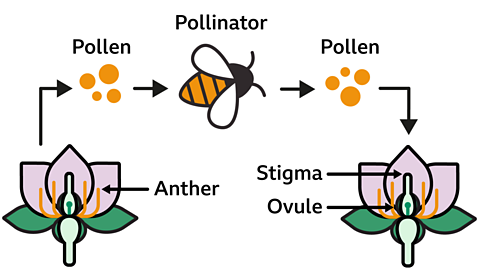
From here the pollen can fertilise the egg cell (ovule) to make a new seed.
Pollinators include lots of different types of bees, as well as moths, butterflies, hoverflies and beetles. You can learn more about pollinators with The Regenerators.
Bees are one of the most effective pollinators out there because they visit lots of plants and carry more pollen between them. In the UK, around 70 crops benefit from visits by bees т for example, broccoli, cabbages and apples.
Why are bees in trouble?
There are a few reasons why our pollinating friends are having a hard time at the moment.
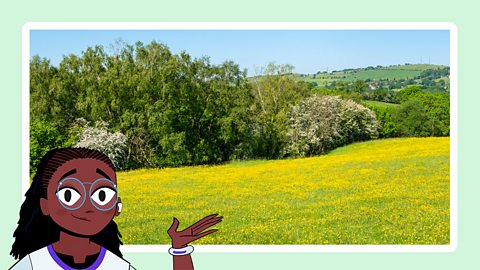
Image caption, Habitat loss
Bees love to live in natural green spaces, like meadows full of wildflowers and wooded areas. Some of these areas are being replaced by roads and buildings or are used for farming. This means that bees now have fewer places where they can make a home (called a habitat).
Image caption, Climate change
As the weather gets more extreme due to climate change, this reduces the areas where bees can safely live. Warmer and particularly drier weather isnтt friendly to pollinators, as well as affecting how flowers grow too.
Image caption, Viruses
Other creatures called parasites may infect bees with diseases that end up spreading throughout the rest of the beehive.
Image caption, Pesticides and fertilisers
Sometimes, the chemicals used to help farmers grow more food can actually be harmful for the bees that pollinate those crops.
1 of 4
Spot the pollinator with a survey
Helping scientists and researchers to get more facts means they can learn and understand more about how to help bees. Watch how Maddie, Curtis and the Show Me the Honey kids do this below!
Back in Bee School, the kids use quadrats to survey how many pollinators are nearby. Why not follow their lead and try this fun activity yourself? Scientists love to get new information and you can help them by logging what youтve surveyed online.
How can we help?
By taking simple steps, we can help encourage bees to stay. Here are some things you could try!
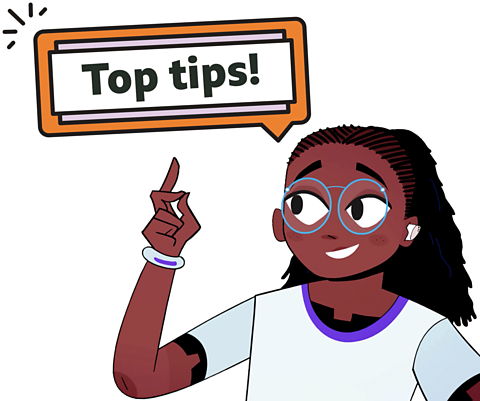
Build a bee B&B
In Show Me the Honey, Curtis and Maddie set a challenge to build a home that attracts solitary bees, who donтt live in a nest or hive. Watch as Newsround show how to make a bee paradise for some helpful tips to make a B&B of your own.
Rewild
If you have a garden, ask an adult if they can leave some of the grass long. If you have a terrace or balcony, you can still help by planting a тnectar cafУЉт т a group of bee-friendly plants, like bluebells or primrose in spring.
Help a thirsty bee
If a bee is on the ground moving very slowly, it might be a bit dehydrated. This tends to happen in summer when the weather is warmer. If itтs safe to do so, you can place a spoonful of sugar water near to it for it to drink. This should help it get back in the air soon.
Support your local beekeeper
Buying honey from a producer where you live helps them to be able to look after their bees, keeping them healthy and thriving.

Lesson complete!
Well done Regenerator, you've completed this lesson. Now let's see what you can remember.
There's more to learn
Explore more lessons and content from around the ТщЖЙдМХФ.
Watch Show Me the Honey! on iPlayer
CТщЖЙдМХФ
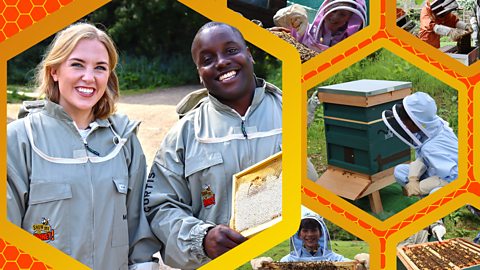
Which pollinators visit my garden?
GREEN CLASSROOM
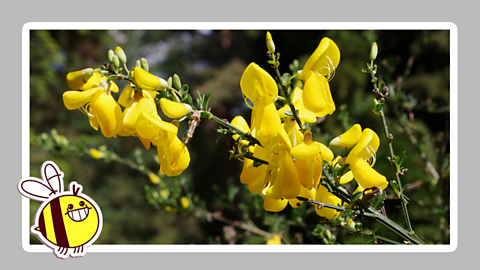
Year 3 - 6 and P4 - P7
GREEN CLASSROOM
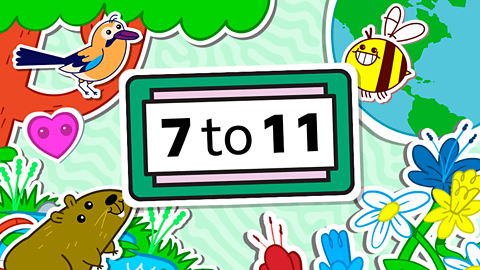
More from The Regenerators
ТщЖЙдМХФ BITESIZE
